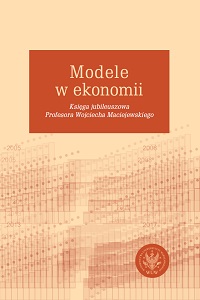Central banks’ voting contest
Central banks’ voting contest
Author(s): Wojciech Charemza
Subject(s): Economy
Published by: Wydawnictwa Uniwersytetu Warszawskiego
Keywords: voting algorithms; monetary policy; inflation targeting; forecast uncertainty
Summary/Abstract: This chapter compares how effective different voting algorithms are for the decisions taken by monetary policy councils. A voting activity index is proposed and computed as the ratio of the number of all possible decisions to the total number of different combinations of decisions available to a given composition of an MPC. The voting systems considered are these used by the US Federal Reserve Board and the central banks of the UK, Australia, Canada, Sweden and Poland. In the dynamic simulation model, which emulates voting decisions, the heterogeneous agents act upon individual forecast signals and optimise a Taylor-like decision function. The selection criterion is based on the simulated probability of staying within the bounds that define the inflationary target. The general conclusion is that the voting algorithm used by the Bank of Sweden is the best given the criteria applied, especially when inflation is initially outside the target bounds. It is observed that a decrease in inflation forecast uncertainty, which is inversely proportional to the correlation between the forecast signals delivered to members of the monetary policy board, makes the voting less effective.
Book: Modele w ekonomii. Księga jubileuszowa Profesora Wojciecha Maciejewskiego
- Page Range: 19-33
- Page Count: 15
- Publication Year: 2020
- Language: English, Polish
- Content File-PDF

